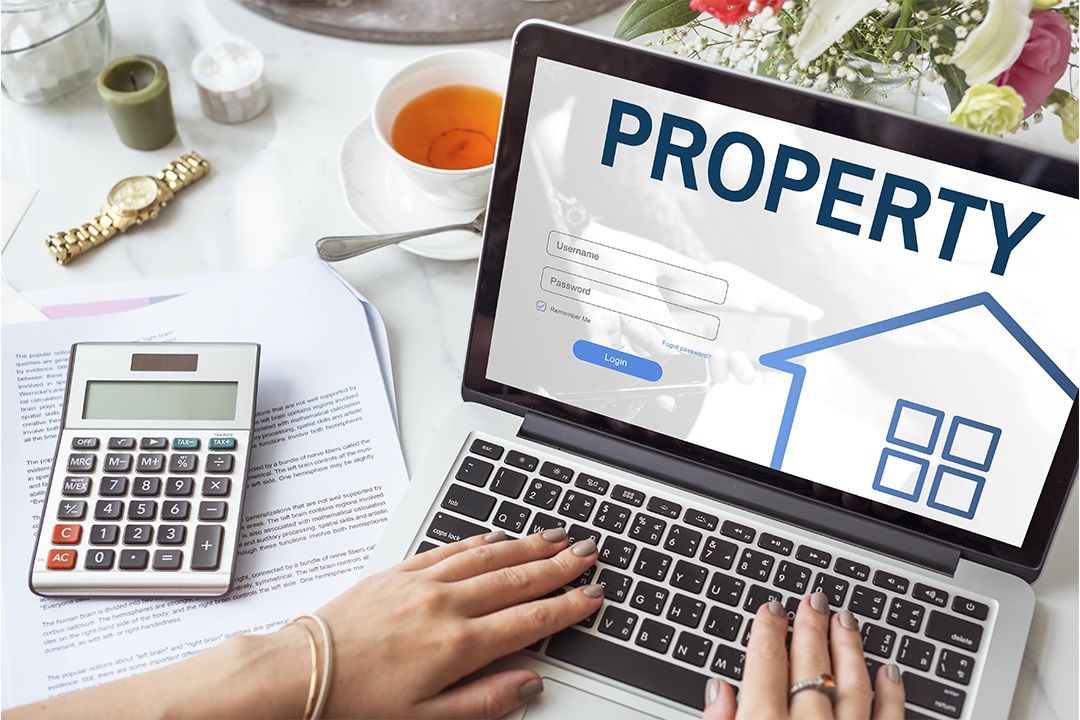The hilly province of Abra was rocked by a 7.0-magnitude earthquake on July 27 at 8.43 a.m. local time, destroying buildings, hundreds of homes, dozens of schools, hospitals, bridges, historic churches, and releasing vast amounts of debris.
An earthquake results from a sudden, irregular movement in the Earth's crust that creates seismic waves and is often felt at great distances from the epicenter. Earthquakes create a large amount of energy released in waves, radiating in all directions. This can cause massive destruction over a wide area. Luckily, you can do your part to prepare for an earthquake and minimize its effects on your home and family.
Since earthquakes can happen anywhere and at any time, which is why it pays to know how you can get yourself and your family ready should it ever happen! Because if and when there is an earthquake, chances are you won't have the time to look up how to prepare for it.
This Home Options article will teach you what to do before, during, and after an earthquake. Learning this will lessen the risk of injury to your family. You will also understand how to earthquake-proof your Lipa, Batangas home to ensure minimal damage to your valued property.
There are no earthquake-free zones in the Philippines, except in Palawan and Sulu (located on different fault systems). According to a piece of local news, the Philippines has seen around 25,100 earthquakes in the last 400 years, with an average magnitude of 4.2. This is due to the country's location on five active seismic fault lines. These faults allow the Earth's crustal blocks to shift relative to one another, most commonly in the form of an earthquake.
In addition to that, the country is also prone to volcanic eruptions mainly due to the Philippines' location in the Ring of Fire. It is a region where tectonic plates collide, and numerous volcanoes can be found. In fact, being in the Pacific Ring of Fire makes the Philippines one of the most at-risk areas from a potential earthquake.
That being said, you must be assisted and ensure that your chosen home location is in a reasonably "low-risk" earthquake zone. Home Options offer properties that are strategically located in areas that are safe and with disaster risk management plans.
There are actions to implement to keep you can safeguard yourself and your loved ones from any potential incidents. It would be best if you prepared for an earthquake before, during, and after it occurs.
Before an earthquake
Make your home earthquake-proof.
You can accomplish this by identifying and repairing potential housing dangers, primarily fixtures, and utilities. First, identify exit routes and be sure that all your exits are not obstructed. Although decorating your ideal home is exciting, you must also check that all fixtures are safe. All breakable and pointy items like glasses and knives should be placed in lower cabinets to prevent them from falling out. Use furniture wall straps to anchor your tall furniture. You should also invest in accessories that may help protect your furniture, like anti-tip furniture straps, tension poles, anti-slip leg covers, and anti-slip gel sheets.
Protect your home's utility systems from earthquakes.
Learn how to turn off your home utilities and anything not in use. Also, to limit the occurrence of gas and water leaks, use flexible and corrugated pipe fittings. If your gas service provider recommends it or if you are regularly away from home, you can also install an automatic gas shutoff.
Take note that if you have a water heater, secure the wall with two metal brackets and check if it has flexible corrugated water connectors. Flexible fittings are preferable since they are less likely to break.
Inspect the exterior and structure of your house.
It is critical to check that your home's foundations are still solid enough to withstand earthquakes. The foundation is the house's skeletal system.
It would also be preferable if you could have a licensed engineer inspect these places and provide professional advice on how to safeguard the entire house adequately.
Instruct the whole family with your earthquake disaster preparedness plan.
The next stage is equipping your household for an earthquake. Establish a disaster-preparedness plan after ensuring an earthquake-proof home. This is to guarantee that you and your family are prepared in the event of an earthquake.
Some activities could be preparing a Go Bag and orienting everyone on where it is placed. Store the Go Bag in an easily accessible, secure, and waterproof area.
Learn first-aid.
The Go Bag must have a complete set of the first-aid kit, too! CPR, burn treatment, and sprain support are all examples of basic first aid methods.
Discover the community's disaster risk management strategies.
Knowing the emergency procedures of your family's workplaces and schools will also make it easier for family members to communicate if an earthquake occurs during work hours.
Practice home emergency drills.
As a result, the entire family must practice the established home emergency plan so that everyone understands what to do during an earthquake.
With the above list, preparing for an earthquake may seem overwhelming. However, this ensures you optimize your time and effort to protect your family from damage.
During an earthquake
Stay calm! Drop, cover, and hold.
Earthquakes are terrifying, but you must remain calm to analyze your surroundings and adequately take your family to safety. Stress and anxiety limit your ability to make decisions.
If you're inside, avoid windows, external walls, and elevators. If you're out in the open, stay away from buildings, street lights, and anything else that could fall on you. If you're in a car, turn off the engine and sit there until the shaking stops.
After an earthquake
Examine yourself and others for injuries.
Provide first aid treatment if necessary. Then, check appliances, electrical, water, and gas lines for damage. You must turn off all utilities' valves or power. Avoid damaged furniture and be cautious of broken glass and debris.
Expect that aftershocks may occur.
So it would help if you were fast to follow the emergency plan and go with caution to the specified meeting spot outside the premises.
When the government has determined that it is safe to return to your home, inspect it for structural damage, particularly to the foundation, roof, and walls. Damage to these structures could pose a significant safety risk in the future.
Plan ahead of time, and you will lessen the likelihood of property damage, injuries, and a scarcity of resources. Planning allows you to live your daily life in peace and be prepared for any unexpected incidents.



